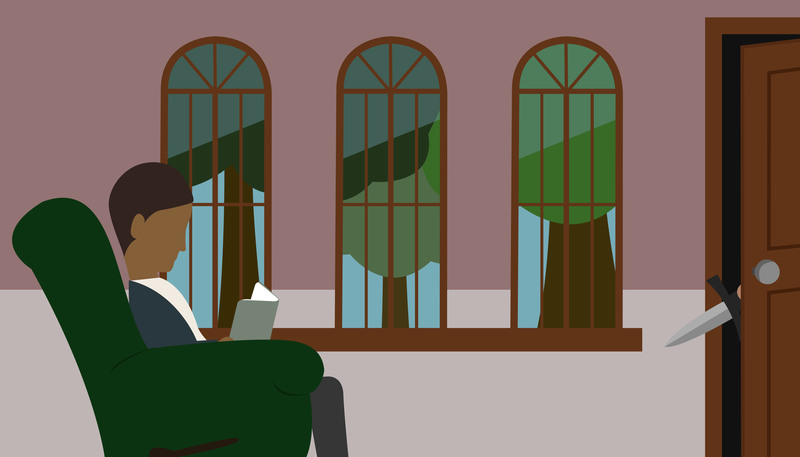Summer Reading: Blurring Fact and Fiction
Weekly Article

Breck Wills
July 14, 2016
This is the next entry in Summer Reading, a seasonal series by New America staff and fellows about the book that changed the way in which they see the world off the page.
One day halfway through my senior year of high school, my Spanish teacher instructed us to open our textbooks and read a short story called “Continuidad de los Parques,” written by a man named Julio Cortázar. I looked at the pages and thought, “There’s no way I’m going to understand this.” At less than 550 words, the story wasn’t particularly long, and this was my sixth year taking Spanish. Plus, reading hadn’t intimidated me before—I read 200 books one summer in middle school (admittedly, I spent much of that summer on the couch). Yet the idea of comprehending an entire short story in another language felt daunting.
But challenges are meant to be overcome, so I navigated my way through the story, word by word, my trusty Spanish-English dictionary at my side for reinforcement. Once I knew I could comprehend the sentences, I reread the story with an eye on keeping the plot straight. And then again to read between the lines entirely.
Most language textbook stories contain contrived dialogues between two characters catching the bus, deciding what to eat for dinner, planning a vacation, or doing some other activity that heavily features a given chapter’s vocabulary. This was no “textbook” story. It was a literary wonder. The piece opens with the protagonist finishing a day’s work and retreating to his study, eager to re-immerse himself in a novel he’d begun earlier. The man sits in his favorite chair, his back to the door to minimize distractions, and reads, his left hand occasionally caressing the green velvet lining the chair.
I won’t spoil the story, but suffice it to say it leaves the reader questioning what’s fact and what’s fiction. Using nothing more than symbols on a page, Cortázar invited readers to rethink reality and imagine an illusion. I wasn’t simply reading about a man relaxing in his study. I felt the green velvet on the chair. I sensed the anticipation of diving back into the novel. I saw the oak trees beyond the window. I felt the cold metal of the dagger. I heard the door open. Cortázar himself had died two decades before I read this story, and yet, through his words, he was able to make me think and feel and wonder.
I had begun learning Spanish five years earlier because a) it was a requirement and b) I thought it would look good on my résumé. But reading (and understanding) this story, this gem of words written in a foreign language, made me appreciate the seemingly magical power of language to unlock ideas. It hit me that the point of learning Spanish wasn’t to pass a few classes. It was to develop another way to communicate. True, I could simply read English translations of Spanish literature, but explicating the Cortázar story and others in class showed me how certain linguistic nuances don’t necessarily survive translation.
Since then, many books have revived my appreciation for the power of words to transmit knowledge or perspective. 1984 masterfully attuned me to the concern of large institutions’ desire for control. Pride and Prejudice showed me that love stories can be sharp, witty, and charming. Consent of the Networked directly inspired me to do the work I now do on Ranking Digital Rights.
I am a writer and researcher at heart, and I’ve made it my mission to share knowledge with the public. I do that first and foremost with words. And when I asked myself what was the first piece of writing that showed me the immense power of narrative to spark new thoughts, and most important, new questions, in people’s minds, my brain zeroed in on a man in a velvet green chair and my seventeen-year-old self reading Julio Cortázar’s reality-twisting “Continuidad de los Parques.”